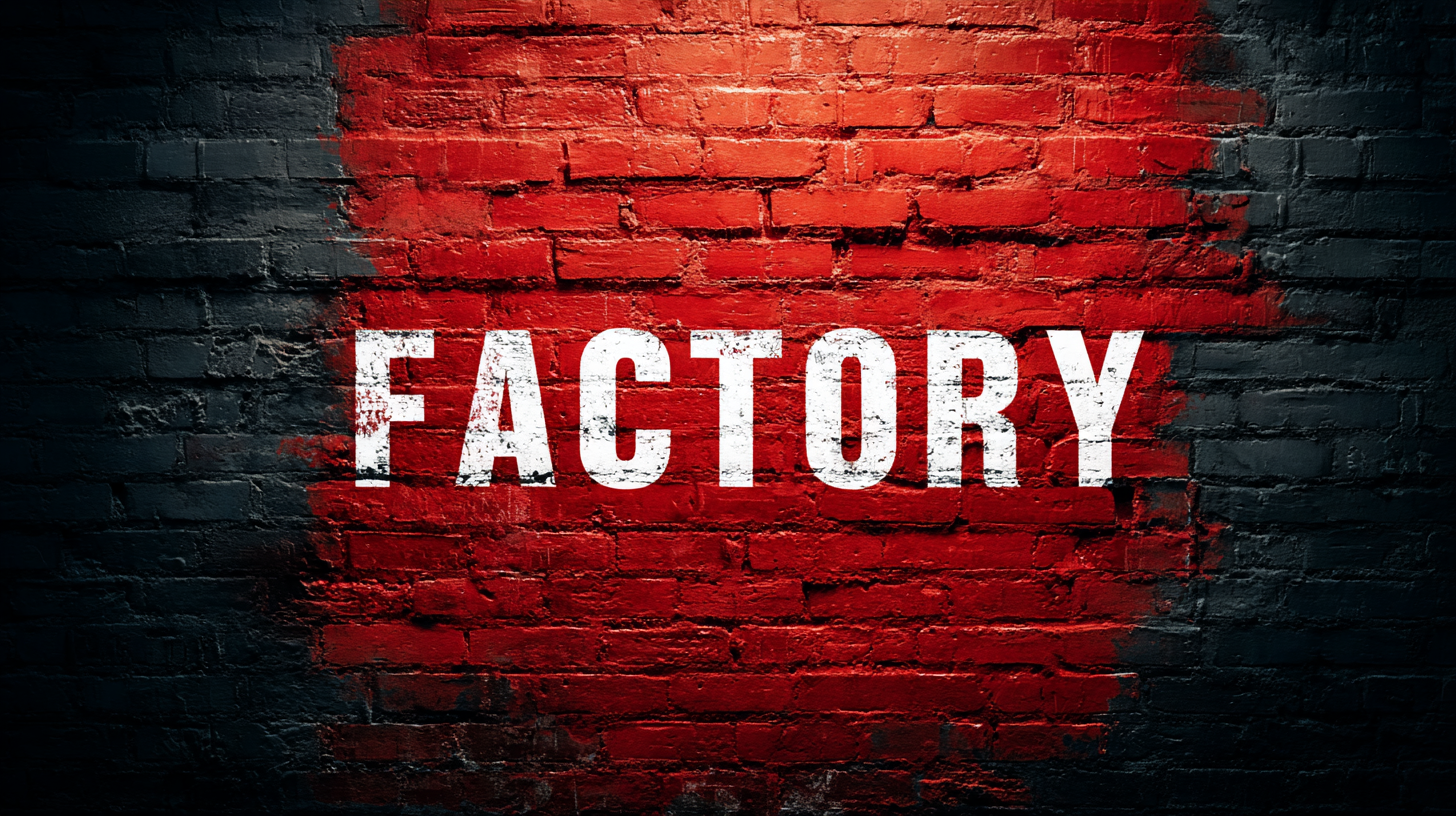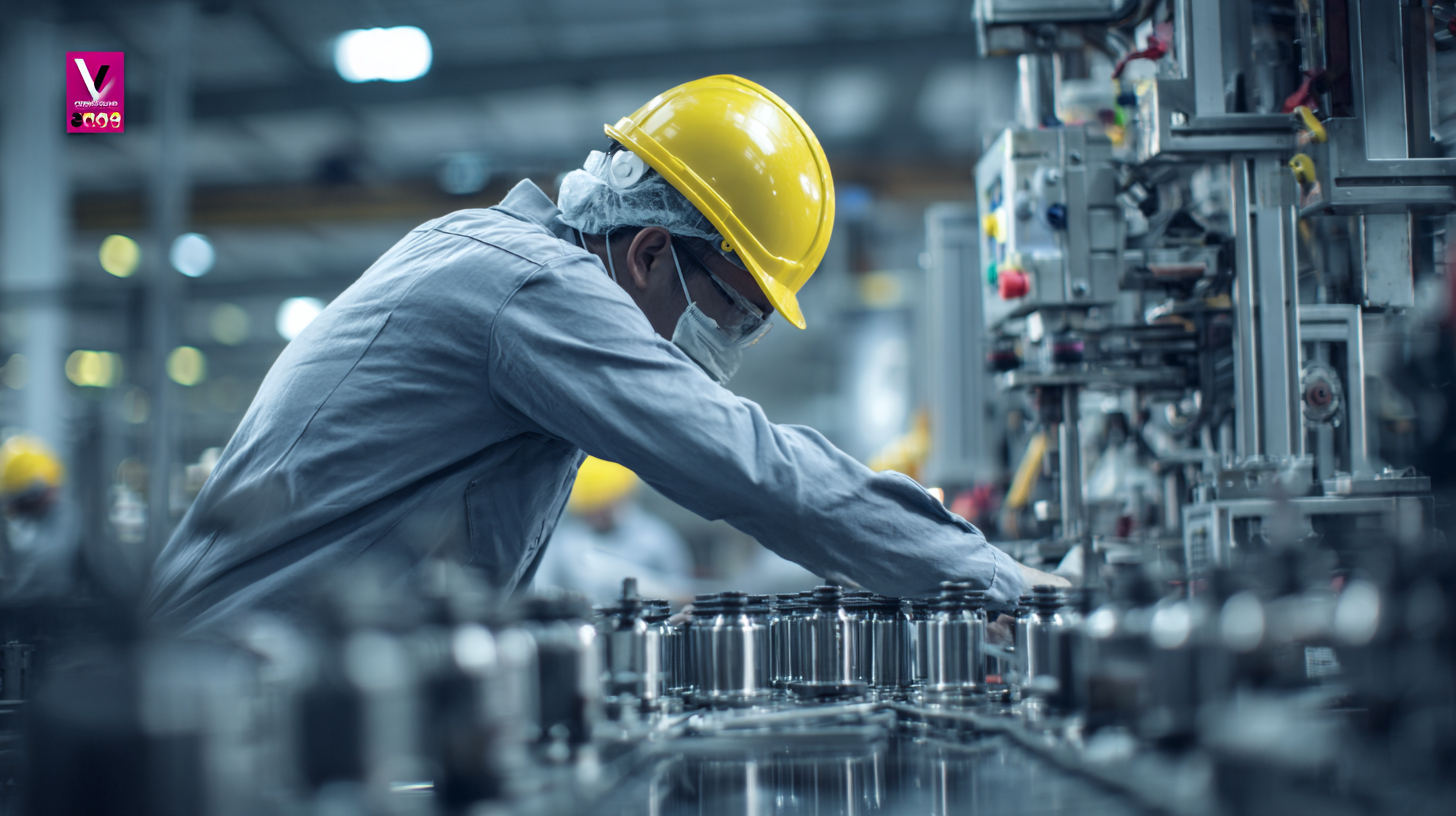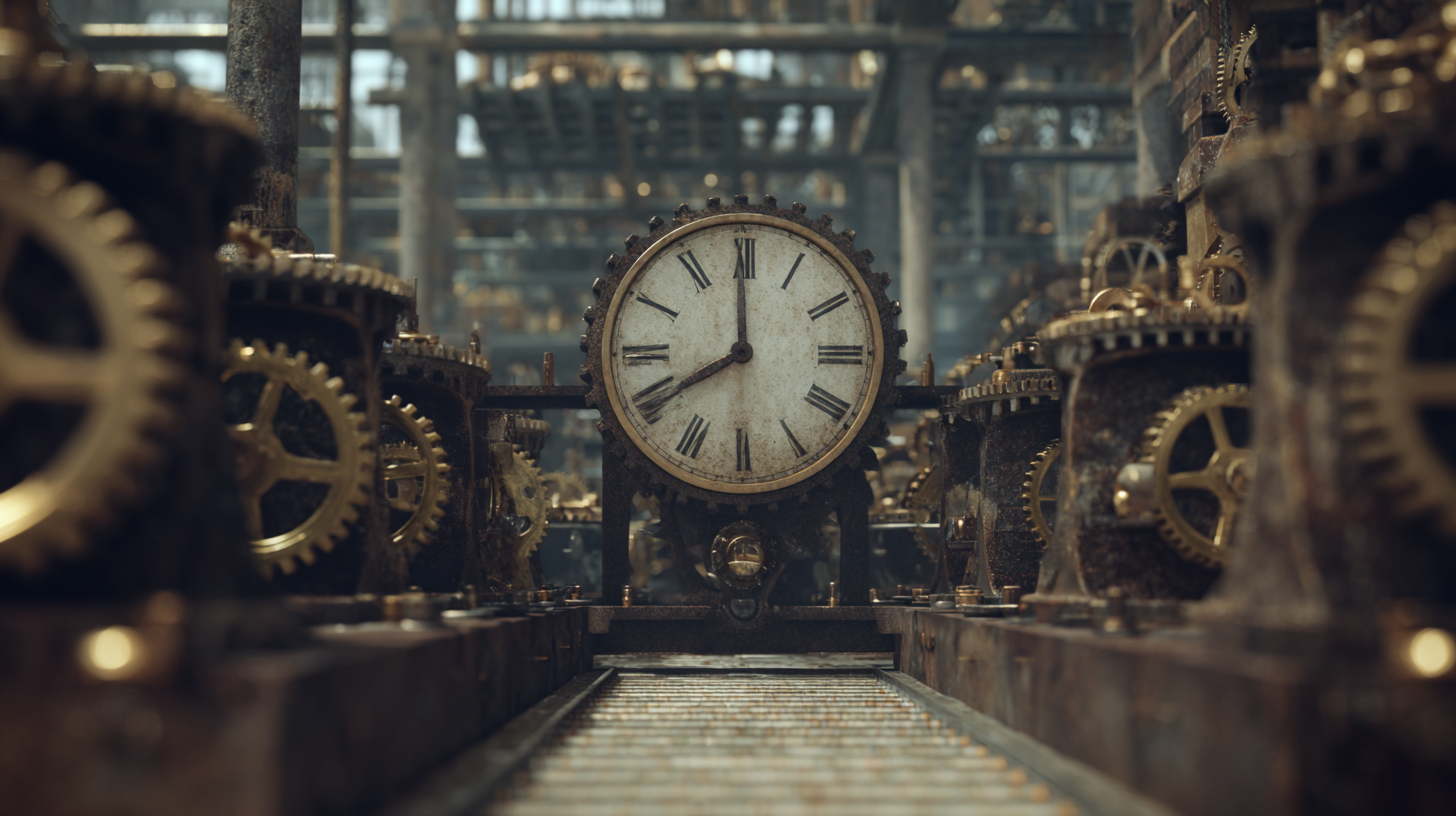
Top Strategies for Choosing the Best Factory for Your Manufacturing Needs
In today's competitive global market, selecting the right factory for your manufacturing needs is crucial for ensuring product quality and operational efficiency. According to a report by McKinsey, approximately 70% of businesses cite supply chain resilience as a key factor in their competitive advantage, highlighting the importance of a well-suited manufacturing partner.
 As Chinese manufacturing continues to evolve, the focus on quality has never been more pronounced, with the country being responsible for over 28% of the world's manufacturing output as reported by the World Bank. This demographic shift in manufacturing capabilities underscores the significance of rigorous factory selection processes to uphold quality standards and foster innovation. By implementing top strategies for choosing the right factory, businesses can position themselves to meet the increasingly demanding market requirements while enhancing their global reputation.
As Chinese manufacturing continues to evolve, the focus on quality has never been more pronounced, with the country being responsible for over 28% of the world's manufacturing output as reported by the World Bank. This demographic shift in manufacturing capabilities underscores the significance of rigorous factory selection processes to uphold quality standards and foster innovation. By implementing top strategies for choosing the right factory, businesses can position themselves to meet the increasingly demanding market requirements while enhancing their global reputation.
Identifying Your Specific Manufacturing Requirements for Optimal Factory Selection
Choosing the best factory for your manufacturing needs begins with a clear understanding of your specific requirements. This involves assessing the scale of production, the materials required, and the desired quality standards. An in-depth analysis of these parameters allows you to create a detailed profile of the ideal factory that can meet your expectations.
Tip 1: Conduct thorough research on potential factories to ensure they specialize in the type of products you want to manufacture. Check their previous work, client testimonials, and industry reputation to gauge their expertise.
Another vital aspect is to evaluate the factory's production capabilities. Are they equipped to handle the volume you need? Understanding their machinery and technology is crucial in determining if they can meet your timelines and maintain product consistency.
Tip 2: Consider visiting shortlisted factories in person. This provides a first-hand look at their operations and helps establish a relationship with the management, fostering better communication and trust moving forward.
Ultimately, identifying your unique manufacturing needs will guide you in selecting the right factory, ensuring a successful and productive partnership.
Top Strategies for Choosing the Best Factory for Your Manufacturing Needs
Evaluating Factory Capabilities: Technology, Equipment, and Expertise
When selecting the best factory for your manufacturing needs, evaluating factory capabilities is paramount. Key factors to consider are technology, equipment, and expertise. According to a recent industry report by Deloitte, 57% of manufacturers believe that investing in advanced technologies—such as automation and IoT—enhances their operational efficiency. Factories that utilize state-of-the-art machinery not only streamline production processes but also reduce waste, which is critical in maintaining competitive pricing and sustainability.
Furthermore, the expertise of the workforce cannot be overlooked. A 2022 survey conducted by the Manufacturing Institute found that companies with skilled labor are 3.5 times more likely to innovate successfully. Therefore, assessing a factory’s workforce qualifications is essential. Engage with potential partners to understand their training programs and certifications. By prioritizing factories that integrate cutting-edge technology and maintain a skilled workforce, manufacturers can better position themselves in an ever-evolving market landscape.

Assessing Geographic Location and Its Impact on Supply Chain Efficiency
Choosing the right factory for your manufacturing needs involves a critical evaluation of geographic location, particularly in the context of supply chain efficiency. As climate change continues to pose significant challenges to global supply chains, geographic factors play an increasingly pivotal role. Companies need to consider how potential disruptions, such as extreme weather events or logistical constraints, could impact their operations. A factory located in a region prone to climate-related issues may hinder timely production and distribution, therefore increasing risks related to supply chain vulnerabilities.
Moreover, understanding the interplay between geography and supply chain dynamics can unveil opportunities for optimization. For instance, studies on eco-efficiency highlight the benefits of strategically repositioning empty containers through nearby dry ports, thus enhancing overall supply chain performance. By assessing the unique geographic characteristics of potential manufacturing locations, businesses can make informed decisions that not only mitigate risks associated with climate change but also improve operational efficiency and responsiveness to market demands.
Investigating Quality Assurance Practices and Certifications in Potential Factories
When selecting a factory for your manufacturing needs, quality assurance practices and certifications play a pivotal role in safeguarding your investment. Before finalizing a partnership, it’s crucial to investigate the factory's quality control systems. A factory with robust quality assurance protocols will consistently produce products that meet or exceed industry standards. Look for factories that implement regular quality checks and have a dedicated quality assurance team.
Tip: Request documentation of quality certifications such as ISO 9001 or industry-specific recognitions. These certifications indicate a commitment to maintaining high manufacturing standards and provide peace of mind in the consistency of product quality.
Additionally, examining the factory's history with previous clients can offer insights into their quality assurance practices. Ask for references or case studies demonstrating how past projects were handled, particularly any instances of quality issues and the resolutions implemented. This information can highlight the factory's ability to adapt and improve.
Tip: Schedule a visit to the factory if possible. A walk-through can reveal much about the production environment and the seriousness of quality control measures in practice. Look for visual signs of organization and professionalism, such as clean facilities and well-documented processes.
Understanding Cost Structures and Pricing Models for Effective Budgeting
Choosing the right factory for your manufacturing needs involves more than just quality and speed; understanding the cost structures and pricing models is crucial for effective budgeting. As recent discussions highlight, the evolution of digital transformation in enterprises has led to complexities in cost tracking, particularly when incorporating cloud services. Companies must be vigilant about how costs are allocated across various platforms, as a lack of transparency can lead to unexpected overruns.
With the advent of AI and the pressure on businesses to maximize ROI, evaluating pricing models becomes essential. Enterprises are increasingly investing in solutions that provide clear visibility into costs while mitigating risks associated with security threats. For example, recent forums have highlighted the need for a strategic approach to budgeting that takes into account both current challenges and future growth opportunities. Understanding the nuances of cost structures will empower businesses to make informed decisions, ensuring that they choose a factory that not only meets their manufacturing needs but also aligns with their financial strategies.

